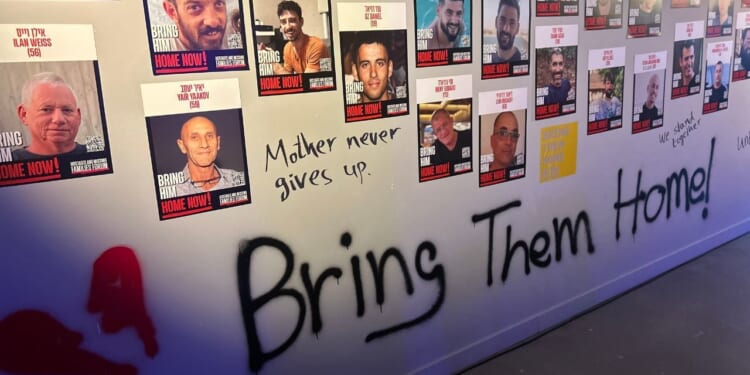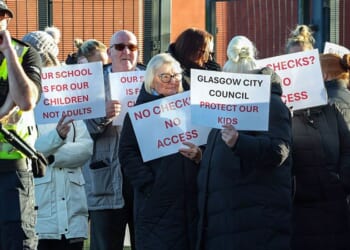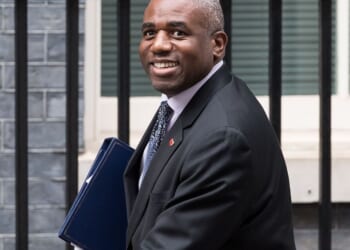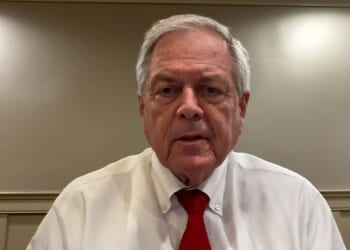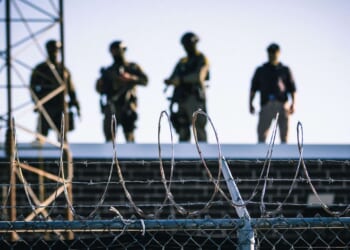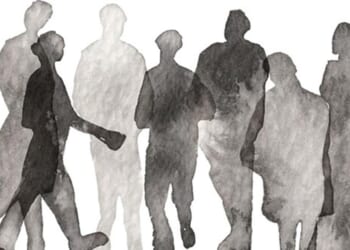
Israel’s war in Gaza moved one step nearer to resolution on Wednesday, when Hamas and Israel both agreed to “the first phase” of President Donald Trump’s peace plan. “This means that ALL of the Hostages will be released very soon, and Israel will withdraw their Troops to an agreed upon line,” Trump wrote Wednesday afternoon on Truth Social. “This is a GREAT Day for the Arab and Muslim World, Israel, all surrounding Nations, and the United States of America.”
The agreement covers “all terms and mechanisms for implementing the first phase of the Gaza ceasefire agreement, which will lead to stopping the war, releasing Israeli detainees and Palestinian prisoners, and allowing aid to enter,” said Qatari Foreign Ministry spokesman Majed al-Ansari.
While public pronouncements are light on details, Israeli officials expect the simultaneous release of all the living hostages within 72 hours, likely on Monday. The clock starts, and the ceasefire officially begins when the deal is ratified by the Israeli government.
Israel also insists on Hamas returning the bodies of all deceased hostages, although Hamas claims that will take longer to achieve, as some of the bodies are buried under rubble or lie behind the Israeli lines.
Israeli Prime Minister Benjamin Netanyahu celebrated the release of the final hostages as an unqualified victory. “From the beginning, I made it clear: we will not rest until all our hostages return and all our goals are achieved,” he declared. “With the approval of the first phase of the plan, all our hostages will be brought home. This is a diplomatic success and a national and moral victory for the State of Israel.”
Recovering the remaining hostages will both lift Israel’s spirits and simplify its remaining war aims. No longer will it have to negotiate prisoner exchanges with the terrorist entity it seeks to drive out. Now, it can focus its efforts solely on victory.
At the same time, Israel has agreed to a ceasefire and a partial withdrawal of its forces while leaving its other war aim unfulfilled. Hamas remains entrenched on Israel’s borders as an ongoing threat to the Israeli people.
President Trump’s 20-point peace plan stipulated that Hamas would lay down its arms and play no further part in the government of Gaza. Yet no public reports suggest that these terms were part of the “Phase One” ceasefire deal struck Wednesday. On the contrary, officials from the region admit that negotiators have not even begun substantive discussions for what comes next in Gaza.
Hamas, for one, holds out hope that it will not be forced from the leadership role in Gaza it usurped 18 years ago. The ceasefire “marks the beginning of a complete end to the brutal war against the Gaza Strip,” a Hamas spokesperson said. “There are certainly guarantees for Hamas that the war will not return after the exchange process is completed, and we also heard the American president speak directly, publicly, and clearly on this matter.”
Indeed, the current ceasefire, billed as “Phase One” of Trump’s peace plan looks similar in substance to other ceasefires struck between Israel and Hamas throughout their two-year-long war. Hamas is releasing Israeli hostages in exchange for Israel releasing a disproportionate number of Palestinian terrorists. Israeli forces are withdrawing from their hard-won positions and allowing in international aid caravans, which Hamas will likely steal. Hamas has shown its ability to use the reprieve — not to mention proceeds from stolen aid resold to Gazans — to rebuild its terrorist army.
In one sense, then, the first phase of this peace process looks much like any other ceasefire. The main difference is that Hamas has now agreed to return all remaining hostages to Israel, fully expending their best bargaining chip and fulfilling one of Israel’s main war goals. At the same time, Israel now faces greater pressure not to resume their campaign because the ceasefire is attached to a peace plan with broad international support. Hamas may also have received private guarantees from certain governments that Israel would not be allowed to resume the war.
Thus, while Israel will now receive all their hostages back, they have yet to figure out how to remove Hamas as a threat on their border. “Much could still go wrong,” admits Reuters. “Further steps in Trump’s 20-point plan have yet to be discussed by the sides — including how the shattered Gaza Strip is to be ruled when the fighting ends, and the ultimate fate of Hamas, which has so far rejected Israel’s demands [that] it disarm.”
Despite the future uncertainty, Israel has chosen to relish this moment, when it has finally secured the release of the final living hostages, just over two years after Hamas’s invasion.
“A great day for Israel,” Netanyahu echoed Trump in his own statement Wednesday. “Tomorrow I will convene the government to approve the agreement and bring all our dear hostages home. I thank the heroic soldiers of the IDF and all the security forces — thanks to their courage and sacrifice we have reached this day. I thank from the bottom of my heart President Trump and his team for mobilizing for this sacred mission of freeing our hostages.”
President Trump will reportedly head to Israel on Sunday to celebrate with the government in person, meeting with Netanyahu and addressing the Knesset. For his part, Trump has thrown the full force of his personality behind the 20-point peace deal, insisting that the parties move on to fulfill the remaining terms of the deal. “There will be disarming, there will be pullbacks, there will be a lot of things happening,” he reiterated Thursday. “We’re going to create something where people can live.”
Originally published at The Washington Stand.
Joshua Arnold is a senior writer at The Washington Stand, contributing both news and commentary from a biblical worldview.

